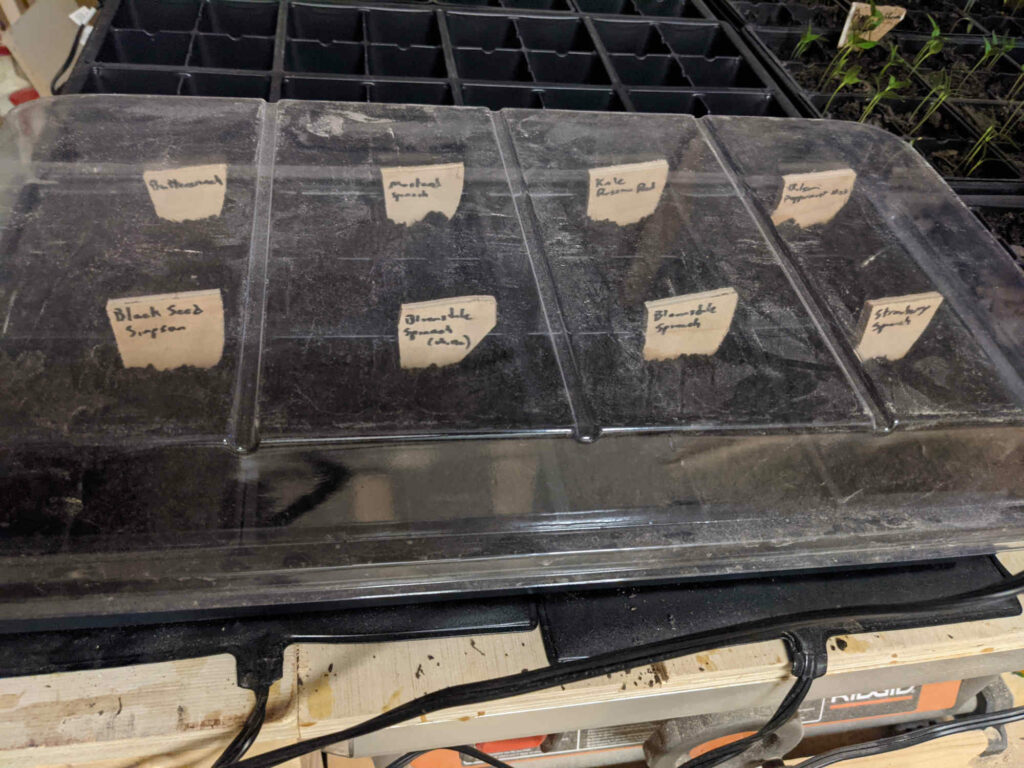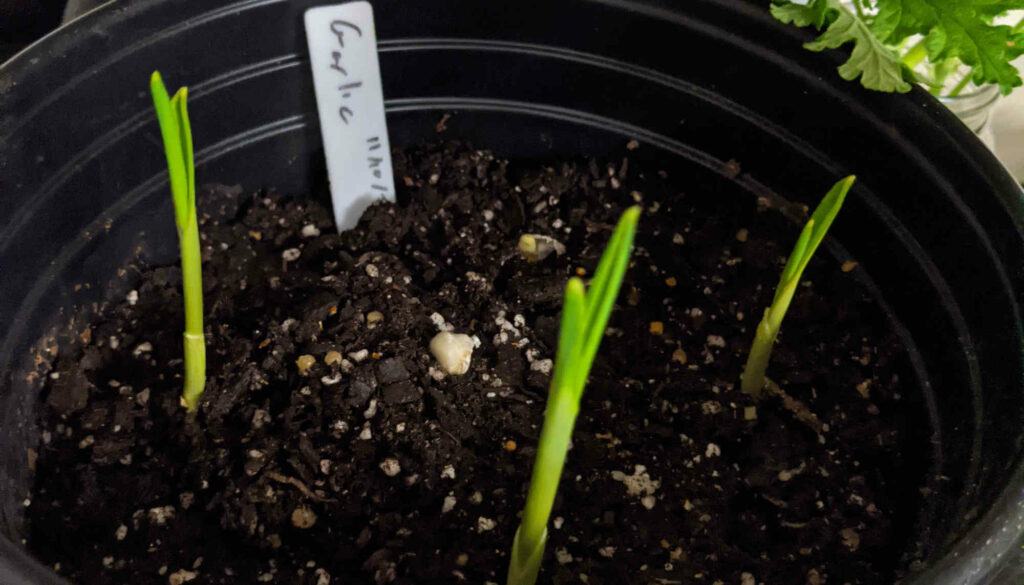Washing machines are a core appliance found in most homes. According to Statista, more than 80% of homes own a washing machine. If you have one or are looking to get one, here’s some important information for you. We’re going to cover the different styles and a lot of basic terminology.
Let’s jump right in!
Front Loader versus Top Loader
This difference is pretty self-explanatory. Front loader washing machines have a door in the front and you load them from the front. Top loaders are loaded from the top. Front loaders are becoming more popular because they tend to be more water efficient and allow for stacking.
Size
Washing Machines range from 1.5 cubic feet to 6 cubic feet. That’s the interior size. The exterior size varies based on brand and internal size. However, most marketing focuses on the interior size. If you have a tight space to fit your washing machine, the exterior size will matter much more.
Agitators
Front loader washing machines do not have an agitator whereas top loaders might. The agitator is that column that might have spirals or fins on it. The agitator twists back and forth to move the clothes around to help them get clean. Front loaders don’t need this because the drum moves instead.
Some top loaders have an impeller. This is a much lower profile method of moving clothes around by moving at the very bottom of the drum.
The main issues people have with agitators are that things get caught and twisted on them and that they take up room. It’s easier to fit a whole comforter in a washing machine if there isn’t an agitator in the way.
On the plus side, agitators do help move your clothes around so they separate and have a better chance of getting clean.
Fuel Type
Almost all washing machines are electric and they have a at least one water hookup. Sometimes they have a hot and cold, and sometimes they heat the water themselves. If the washer advertises it is gas powered, it’s probably a combo with a dryer and the dryer is the gas powered appliance.
Different Terms
Ok, let’s talk terminology. This is going to be a brief bullet point list of definitions you should know.
- Wash Cycle. This is the part of the entire process where the soap and water are used to clean your fabrics.
- Rinse. The rinse cycle adds water but no soap to remove any excess soap. The rinse cycle only does its job if you don’t add more soap than recommended.
- Spin. The spin cycle removes the bulk of the excess water from your fabrics so you can transfer them to the dryer or clothesline without getting your floor soaked.
- Heat. I’ve been told “if you don’t know what you’re doing, wash everything on cold.” That’s not a bad suggestion. However, hotter temps can help clean dirtier things like socks! Conversely, hotter temps can also fade some colors and cause some fabrics to shrink. Additionally, some synthetic fabrics cannot withstand the higher temperatures, so they’d be ruined. Best advice: read the tags! Garments will usually tell you washing instructions.
- Size. Most washing machines ask you to specify the size of the load. This helps it determine how much water to add and how long the cycle will take.
- Soil Level. Sometimes you’ll get the option to specify soil level. This just adjusts the washing cycle and rinse cycles.
- Fabric Softener. Most fabric softeners are added directly to the washing machine. Some even have a spot for it.
- High Efficiency. Some washing machines are “high efficiency”. They’ll have an “He” symbol somewhere. This primarily means it uses less water. However, it also means you can only use detergents that are for high efficiency washing machines. Use the wrong one and you’ll get too many bubbles and potentially an overflow.
Settings
- Normal. Obviously, this is your standard cycle. You’ll probably use this for most of your washes.
- Permanent Press. This cycle replaces the wash, rinse, and spin cycles to be a little gentler on your fabrics. Some things, like dress shirts, require this so you don’t harm the fabrics.
- Heavy Load. Your oversized load covers those times you really fill your washing machine.
- Presoak. Some washers have a presoak feature. This allows you to soak the fabrics in a small amount of water and soap or other treatments prior to the wash cycle. I use this one for my sweaty gear. They presoak in white vinegar and water.
- Delicates. This is a mode that is the most delicate. If you have anything lace that you put in the washing machine, this is your mode. I still highly recommend using a garment bag and do not put it in with anything with a zipper!
Regular Maintenance
To keep your washing machine running smoothly, there’s only a few things you have to do for regular maintenance. First and foremost, you should actually clean the drum every 20-30 loads.
Additionally, address imbalance problems early. The additional strain can damage a washing machine.
Finally, take care to remove metal objects and anything that can swell and clog the washer from your clothes. A common example that can harm your washer is disposable diapers. If you put one of these in, the absorbent material can clog the drain holes.
How Long Do They Last
Like all appliances, it is good to have a rough idea how long your washing machine will last so you can budget to eventually replace it. Depending on quality, washing machines will last 10-20 years. Of course, this also depends on your taking care of them and not trying to wash things that would damage it.
I hope this introduction to washing machines is helpful. We’ll cover other washing machine related topics in future articles.







Leave a Reply